Digital Control System
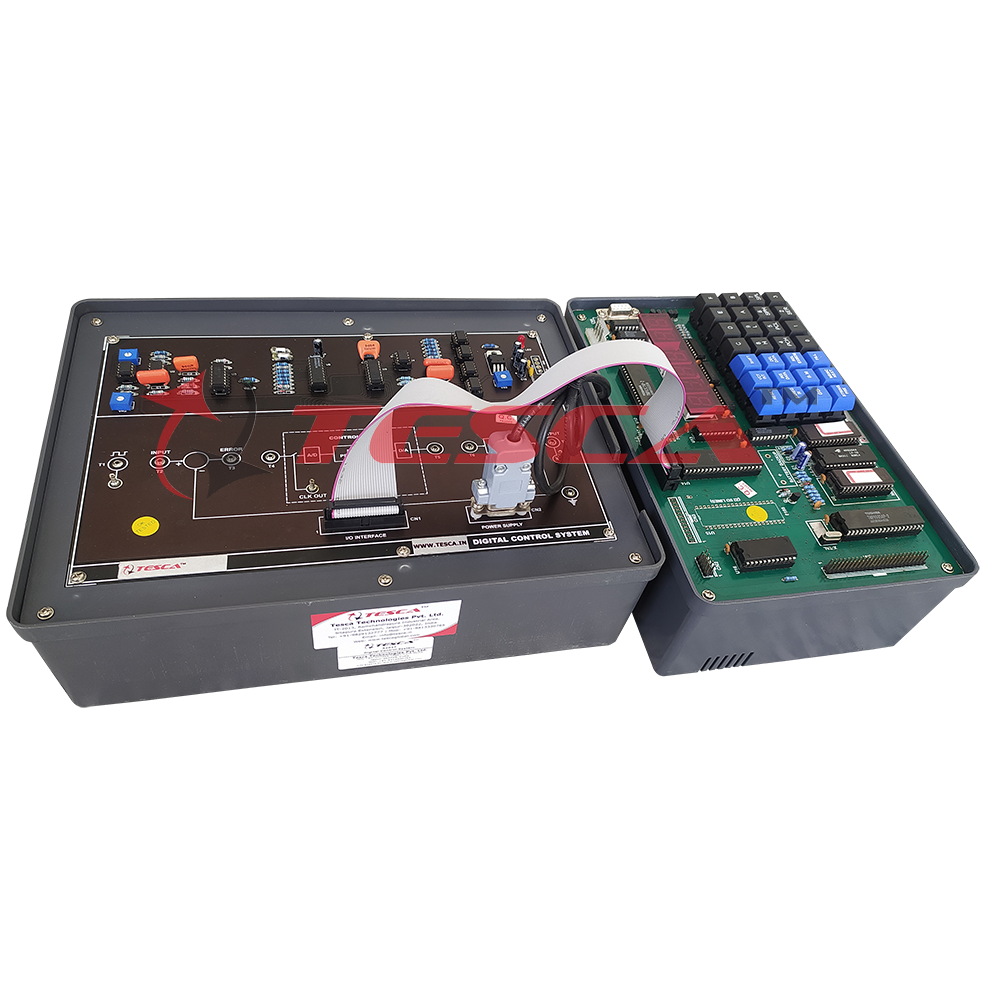
Order Code: 52027
Category: Instrumentation Trainers
Digital Controller implementation on mP - kit Simple Op-amp based analog plant CRO display of response Design and test new algorithms Introduction Digital control of industrial processes has become very important today beca...
SPECIFICATION
- Digital Controller implementation on mP - kit
- Simple Op-amp based analog plant
- CRO display of response
- Design and test new algorithms
Introduction
Digital control of industrial processes has become very important today because of the advantages it offers and the increased availability of inexpensive computing power of microprocessors. The principal advantages include fixed hardware with complete software flexibility and the feasibility of implementing integration and differentiation on extremely slow varying signals. On the other hand, digital controllers have some drawbacks also such as errors due to the processes of sampling and reconstruction, computational errors caused by finite wordlength, truncation, register overflow, as well as the de-stabilization effects of sampling. A clear understanding of all these aspects is of great value to a student of control engineering. In the present unit a second-order transfer
function, simulated with operational amplifiers and passive components, has been chosen as the process to be controlled. This results in a well-behaved and near-perfect linear process which gives a highly predictable performance and enables the student to concentrate on the design and evaluation of the controller. The digital controller consists of an 8085-base microprocessor
kit with analog-to-digital and digital-to-analog interface. The dynamic ranges of the variables in the whole system and that of the built-in square wave test input signal are made compatible. The step response may be displayed and studied using an external measuring CRO. Software supplied with the system resides in an 8K EPROM. This consists of P, P-I, and P-I-D algorithms in which the three gains may be selected out of 16 levels each. All arithmetic calculations are performed in 16-bits and are also available to the user as subroutines. Detailed information and a listing of the software is included in the literature, besides suggestions and procedures for conducting experiments. Also included are typical results of some experiments with their theoretical descriptions. Further, the user may write his own programs to implement additional algorithms and study their responses.
Experiments
- Identification of the controlled process
- Study of sampling period variation
- Designing P, PI, PD and, PID controllers
- Advanced algorithms implementation

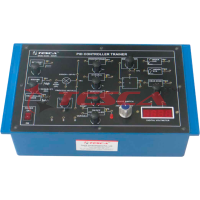
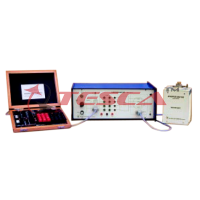
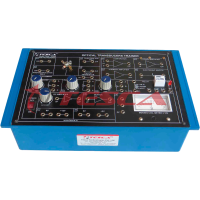
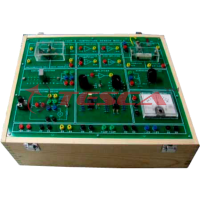

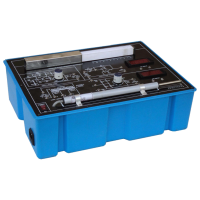
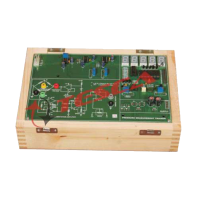

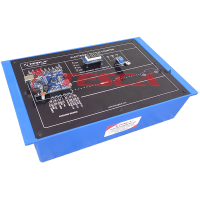

 91-9829132777
91-9829132777